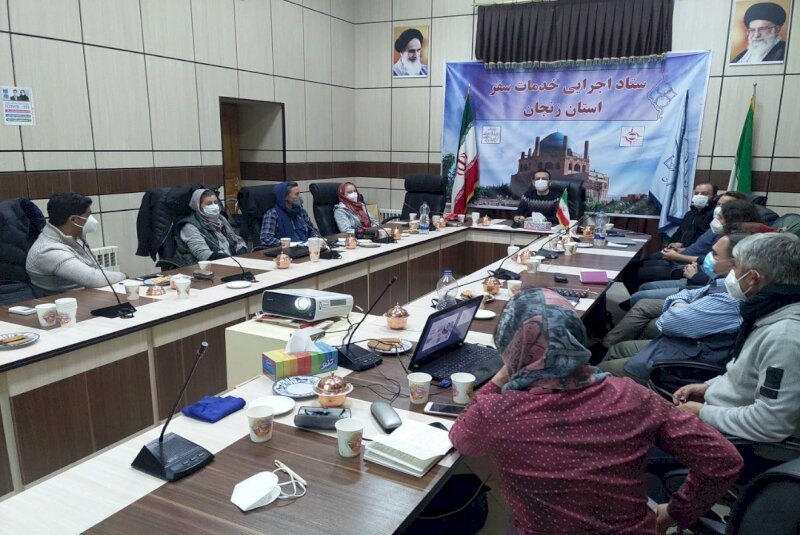Iranian, German archaeologists discuss further cooperation

TEHRAN – Panels of Iranian and German archaeologists and cultural heritage experts on Saturday discussed ways to expand cooperation in the realm of ancient mining.
Archaeologists from the Ruhr University Bochum exchanged views with Iranian counterparts to conduct further studies/excavations at Chehrabad Salt Mine of Zanjan, CHTN quoted provincial tourism chief Amir Arjmand as saying on Sunday.
The experts met in Zanjan, whose ancient salt mine has so far yielded several salt mummies, personal belongings, and tools from the early 1990s onwards.
What was a catastrophe for the ancient miners has become a sensation for science. Sporting a long white beard, iron knives, and a single gold earring, the first salt mummy was discovered in 1993. He is estimated to be trapped in the mine in ca. 300 CE. In 2004 another mummy was discovered only 50 feet away, followed by another in 2005 and a “teenage” boy mummy later that year.
Currently, the National Museum of Iran is holding joint exhibits titled “Human Search for Resources, Highlights of Ancient Mining from the German Mining Museum Bochum” and "Death in Salt, Archaeological Research at the Chehrabad Mine in Zanjan".
The exhibit puts the spotlight on the appropriation of humans to mineral resources and the development of the history of human experiences and achievements in mining, which led to the development of technologies, the formation of professions, trade, and specialization of industries. Moreover, similar loan exhibitions have already been staged in Iran and Germany.
According to Jebrael Nokandeh, the director of the National Museum, the museum and the German Mining Museum in Bochum have made considerable cooperation in line with an agreement they signed in 2017, based on which the two institutions are set to hold exhibitions of each other's historical and cultural artifacts related to the subject of ancient mining.
Last year, a team of experts from the two countries started a project for purifying, cleansing, and restoring garments and personal belongings of the mummies which were first found in the salt mine in 1993.
The oldest-known mine on archaeological record is believed to be the Ngwenya Mine in Eswatini (Swaziland), which radiocarbon dating shows to be about 43,000 years old. At this site, Paleolithic humans mined hematite to make the red pigment ochre. Moreover, mines of a similar age in Hungary are believed to be sites where Neanderthals may have mined flint for weapons and tools.
AFM
Leave a Comment